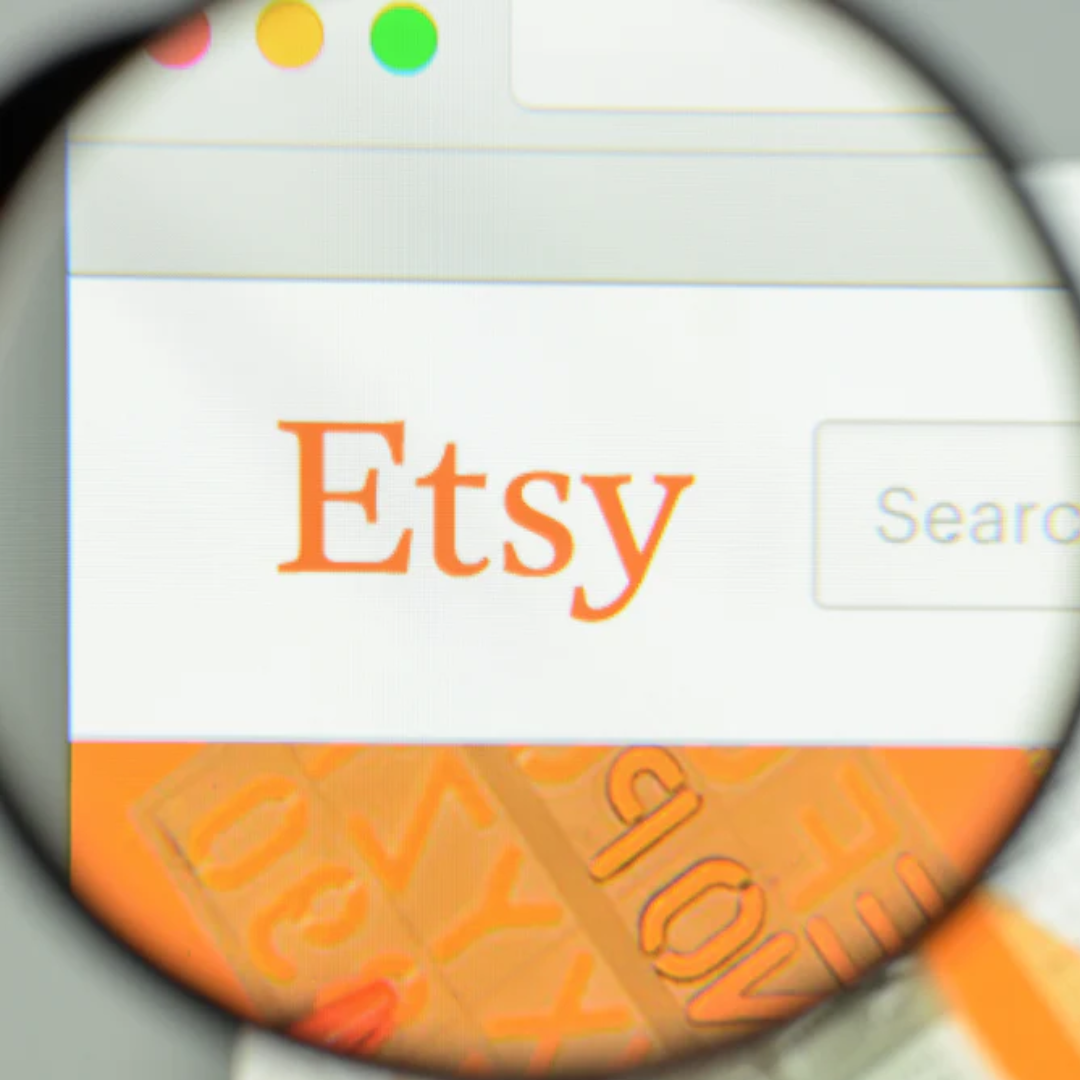Social commerce is the process of buying and selling products and services directly within social media platforms. This model moves social media beyond its traditional role and gives shoppers the option to complete the entire purchase process without leaving their preferred apps.
It is practical, convenient, and familiar. But is it worth using instead of an eCommerce store? And, does it help or hinder your Shopify eCommerce store? Let's find out! This article will explore what some of the top social media platforms are doing about social commerce. We'll discuss the value of in-network buying and how it can help boost sales, and we'll also look at the potential pitfalls and how you can avoid them.
Social Commerce is Massive
Long gone are the days when you had to drive, park, shop, and queue to buy a new pair of shoes or some wine. Besides online stores, social media platforms are also becoming more and more retail-centric. Most of them are now providing shopping options to eager digital shoppers on the lookout for convenience.
Depending on the platform, it could be quick and easy to find a product or service and buy it. The steps to conversion are short, and each step happens in a familiar space. Let's take a look at what five of the top social media platforms are doing to make shoppers' lives simpler and figure out whether it's worth it.
Instagram for "instant" shopping
Statistics show that Instagram has over 1.3 billion active users worldwide, making it 2021's 4th most popular social media platform. Instagram has shops with collections, product tags, and a checkout feature. Is Instagram a perfect place to start a digital store? Not exactly.
The highly visual platform has a positive vibe and is intuitive and fun, but it's home to thousands of other pop-up 'stores,' which means your shop will be one of many in a saturated market. It's still growing in popularity, so it's not known (and trusted) as a go-to place for shopping. Another point to note is that store owners have to have a page set up on Facebook to sell products on Instagram.
The verdict: Even if Instagram is not the ideal tool for you to use to set up your store, it can certainly drive traffic to your store and help boost sales. Using Instagram to build brand awareness makes perfect sense for Shopify store owners. The trick is to develop a community following and promote engagement.
Is Facebook the Craigslist of digital shopping?
No, there's a lot more to Facebook shopping. This platform's approach to online sales goes in two directions; Marketplace and Shops. Marketplace is a peer-to-peer market similar to Craigslist. Shops are more like Instagram shops whereby you have a collection, product tags, and a checkout feature. Marketplace has over a billion users, and Shops has around 250 million shoppers interacting with its digital storefronts.
There are a few downsides to Facebook Shops:
- You have to have a page set up with at least 2,000 likes before you can start selling.
- There is a selling fee for each product you sell.
- Shoppers have to have a Facebook profile set up to buy from you.
- You have to sell a physical product (no subscriptions or digital items or services are allowed.)
The verdict: Facebook has close to three billion active users, so you'll undoubtedly get exposure on this popular social media platform. However, setting up a Shopify store will give you flexibility and autonomy you can't possibly have with Facebook.
Snapchat is using augmented reality (AR) to create shoppable, product-centric content and experiences. By using AR, Snapchat is positioning itself as being future-forward and targeting Gen Z and Millennials.
Although Snapchat has carefully reenvisioned its position in an already saturated marketplace, it's not as widely used as Facebook and Instagram. The AR approach requires people to want to "try on" clothing before purchasing. It's tricky because you're targeting a limited demographic.
The verdict: Snapchat only has around 305 million active users, whereby Facebook has over 2.9 billion. Unless you feel that AR is the way forward, stick to a Shopify store and use this app to create shoppable links to your store on Snapchat instead.
Everything is quick on TikTok. What about sales?
With around a billion active users as of September 2021, TikTok has seen unprecedented growth. Just like Instagram, TikTok is intuitive and uses community engagement. The platform has been on a roll with new shopping features, but this has been a recent development.
Despite its popularity and the recent drive to hop on the eCommerce train, TikTok is still in its infancy when it comes to digital shopping. A smart move was partnering with Shopify in 2020, intending to drive sales to a younger audience.
The verdict: TikTok is not reinventing the wheel like Snapchat, and it's not trying to annex the market like Facebook and Instagram. It is setting up its stars and creators for success by helping them launch their brands. Again, it is also an excellent tool for creating social engagement, not so much as an online shop.
You can pin it, but can you buy it on Pinterest?
Best known for visual boards that act like mood boards or idea collection spaces, Pinterest has a relatively active user base of around 450 million. In 2019 Pinterest launched shoppable pins, which allow merchants to add a description, pricing, and availability of their product pin. It also features user reviews. Shoppers can pin the item and go back to purchase it.
Even though nearly 90% of Pinterest users use the platform for inspiration, Pinterest shopping is only available in the U.S. and the U.K. The active user base is small and demographically limited.
The verdict: Pinterest is primarily a discovery resource used for research. To change this perception would be a tremendous challenge, especially since it is being developed at such a slow rate in comparison to other platforms. Using this platform as part of a marketing strategy to lead to a Shopify shop would be best.
Social Media Platforms Drive EngagementAnd engagement drives conversions. This is especially true when companies work together. Popular platforms like Facebook and Instagram create a sense of community. They are critical to social engagement and building brand trust. Because of this, you can boost sales with a good marketing strategy involving social media.
Snapchat has lagged in popularity in recent years, but digital store owners can still use it as a marketing tool to drive traffic to their sites. This platform is handy when your target market is Gen Z or Millennials, as it has a reach of over 75% to this demographic in the U.S. alone.
Earlier, we mentioned the deal between Shopify and TikTok. To those who keep an eye on the industry, it may not be a surprise. Known as an innovator, Shopify uses its methodology to pave the way for commerce and community to exist symbiotically, which is evident in this deal.
Although Pinterest has a much smaller following, its marketing potential is certainly worth exploring. This platform is product-driven, and according to this article, it drives more sales than Facebook.
Can Social Commerce Hinder Shopify Sales?
Yes, absolutely. Here are some ways in which social commerce can influence sales in your Shopify store, and some tips to prevent it:
Be careful of brand dilution
Your social media presence can significantly dilute your brand. If you spread your company over too many channels, it can cause brand fatigue. Who hasn't been annoyed with seeing the same ad for the same product on every social media platform?
Take special care of pricing
When you sell the same product on various channels, chances are you have to adapt the price accordingly. For example, if you are charged a seller's fee on Facebook, you have to make a lower profit margin or charge more for the product elsewhere. Inconsistency across channels is never good for a brand.
Social media can make or break your brand voice
If you don't have a professional social media presence, it can detract from your business vision. It's essential to build your brand with a unique voice; it should match your vision and mission. Social media is invaluable to achieve this but can also harm it.
Using social proof the right way
Reviews are part and parcel of social media commerce and are great for social proof but can also seriously harm your brand. If you don't stay on top of reviews on social media, your brand could suffer.
DemographicsDepending on the platform, social commerce is limited to geographical areas. When you ship worldwide, and shoppers see your shop on a social media platform only caters to specific geographical locations, it could create a misconception of your reach.
ConclusionIn an ever-changing collision between technology and shopper's behavior, digital store owners have to adapt and do what's best for the store. Do thorough research to determine whether social commerce will suit your unique needs. It’s not always the right fit! For example, Lush recently quit social media. If you have a Shopify store, there are other ways to build brand awareness, including good old word-of-mouth, markets, fairs, etc.
If you’re set on social commerce, you’ll probably know that it’s only in its beginning stages, and already seeing incredible growth. There's a great sense of experimentation in commerce from shoppers and brands alike, and it's an excellent time for everyone in the industry to work together.
Shopify is embracing this expansion with apps that link social media platforms to stores intending to drive sales. When you have a Shopify store, social media platforms can become your 'digital main street,' i.e., where shoppers go to browse for goods and services.
Ultimately, it's about what generates revenue. If you dilute your brand, it dilutes your profits. You may conclude that setting up a Shopify store is a better option. If you're not sure what's best for you, talk to us at TVP. We can help you get your Shopify eCommerce shop up and running, from laying the foundation to your launch date and beyond.




